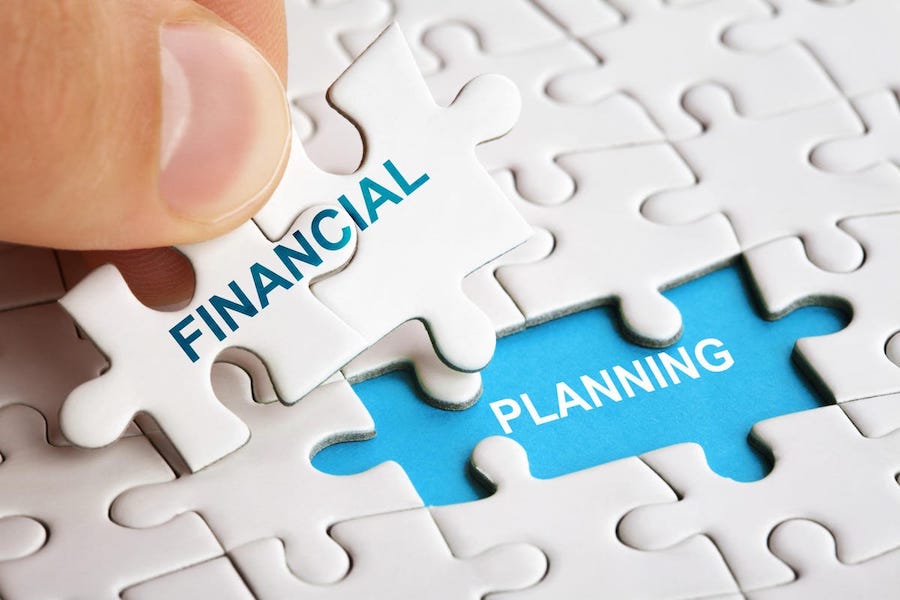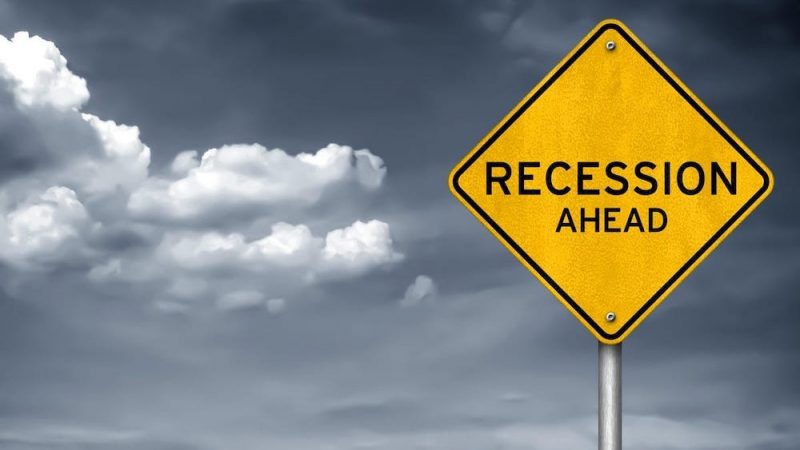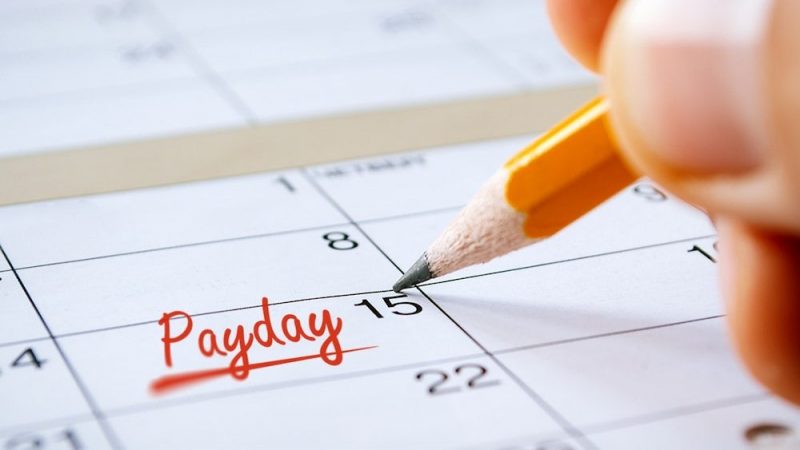In the face of everyday expenses that continue to rise, being diligent with your personal finances is more important than ever. Having a budget may not seem like exciting or glamorous work — after all, who wants to spend their time poring over spreadsheets and crunching numbers?
But in reality, it’s an essential part of responsible money management and can help you avoid future financial difficulties. While we don’t want to scare you away from reading this article, the fact remains that many people struggle to keep their personal finances in check. According to a recent study by The Financial Diet blog and Acuity Fund, nearly half of Americans have less than $1,000 in savings, while another 25% have less than $10,000 saved up.
Thankfully, it’s never too late to get your budget back on track. Consider these five tips if you want to take control of your personal finances again:
Set a Realistic Goal
Your first step in getting your budget back on track is to set a realistic goal. This may seem obvious, but it’s important to be realistic about the steps you need to take to get your finances in order. The goal you set will depend on your current financial situation and how you want to manage your finances moving forward. You might want to create a budget that helps you pay down debt, create an emergency fund, or start saving for retirement. You’ll need to consider your current income and the amount you can reasonably save each month. You may even want to start tracking your spending to get a better idea of how much money you’re really bringing in and going out each month.
Track Your Spending
Once you’ve set a goal, it’s important to track your spending to make sure it aligns with that goal. You can use a free app like Mint to track your spending, or keep a spreadsheet on your computer. You may find that certain areas of your budget need some additional attention. If you find that some categories are consistently running a deficit, it’s a sign that you may need to make some adjustments. You may also want to consider eliminating any unnecessary spending. If you’ve created a budget but you’re consistently going over that budget, it might be time to make some tweaks. You may want to re-evaluate your budget and see if there are any areas you can cut back on.
Create a Budget You Can Stick To
If you’ve been tracking your spending but you’re still going over your budget every month, it’s time to create a budget that you can stick to. You may have been creating a budget based on your current expenses, but if you’re spending more than you’re bringing in, you’ll never get your finances under control. To create a budget that you can stick to, it’s helpful to first identify your sources of income. Next, list your essential and non-essential expenses. Finally, prioritize your expenses based on their importance to your daily life. Once you’ve created a budget, don’t be afraid to get ruthless with yourself. If a certain expense isn’t essential, you may want to eliminate it or find a way to reduce the cost.
Don’t Be Afraid to Shake Things Up
If your budget is falling short every month, you may want to shake things up and try a new budgeting method. If your income fluctuates every month or you’re searching for new ways to reduce your spending, you may want to consider a cash flow budget. You can use an online budgeting tool like EveryDollar to set up a cash flow budget.
Alternatively, you can use paper and pen to create an old-fashioned cash flow budget. If you’re still having trouble where to start, you may want to speak with a financial advisor. A good financial advisor can help you create a budget tailored to your specific needs.
Try an Automated Savings Tool
If you’ve created a budget and are sticking to it, but you’re still struggling to save money, you may want to try an automated savings tool. An automated savings tool can help you set aside a specific amount of money each month and help you stay on track with your savings goals.
There are many different types of automated savings tools, including savings apps, savings accounts, and credit cards. There are several different types of savings tools you can try. One of the most popular savings tools is the savings app. There are many different types of savings apps, but they all allow you to set aside money each month to be deposited into a savings account. You can also use a savings account. If you open a savings account with a high-yield interest rate, you may be able to earn more interest than you would in a traditional savings account.
Extra Tip: How to Prepare for a Recession
Being prepared for a recession is the best way to mitigate the effects of a downturn in the economy. A recession is generally defined as a period when general economic activity has contracted for at least six months. There are many triggers that can cause a recession and some can be avoided or minimized with foresight and planning. A recession not only impacts businesses but individuals as well. These are uncertain times, which makes it crucial to take measures to protect your financial future. Preparing for a recession is one way to do that. These steps will help you get ready for an economic downturn and limit its impact on your personal finances:
Conclusion
There are many benefits to having a budget, especially for people who are living paycheck to paycheck and are unable to save. Budgeting can help you eliminate debt, save for retirement, and prepare for unexpected expenses. You don’t have to be a numbers person to create a budget, and there are plenty of online tools that can help you get started. Whether you choose paper and pen or an online tool, you can take control of your finances and begin saving for the future.





